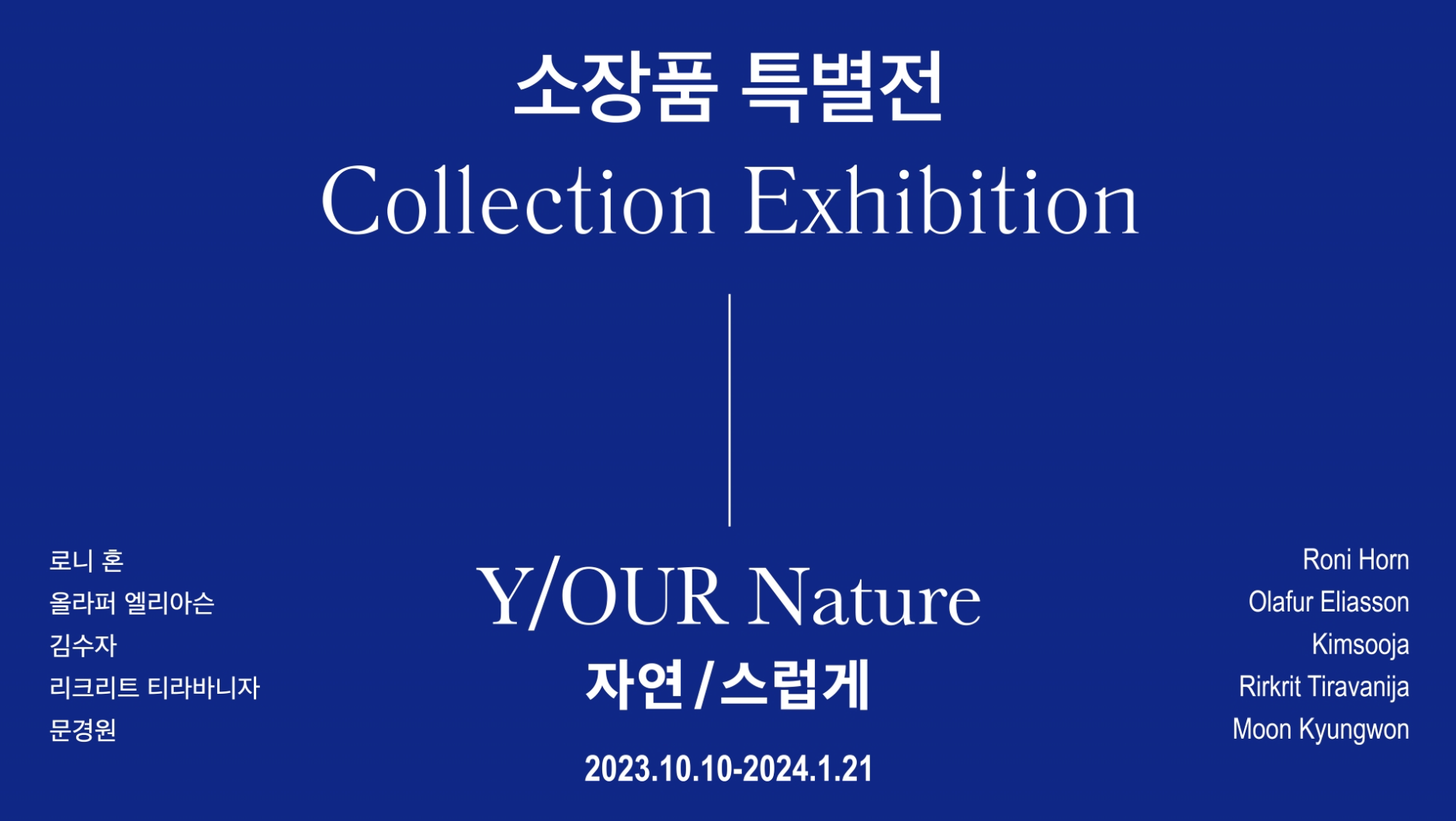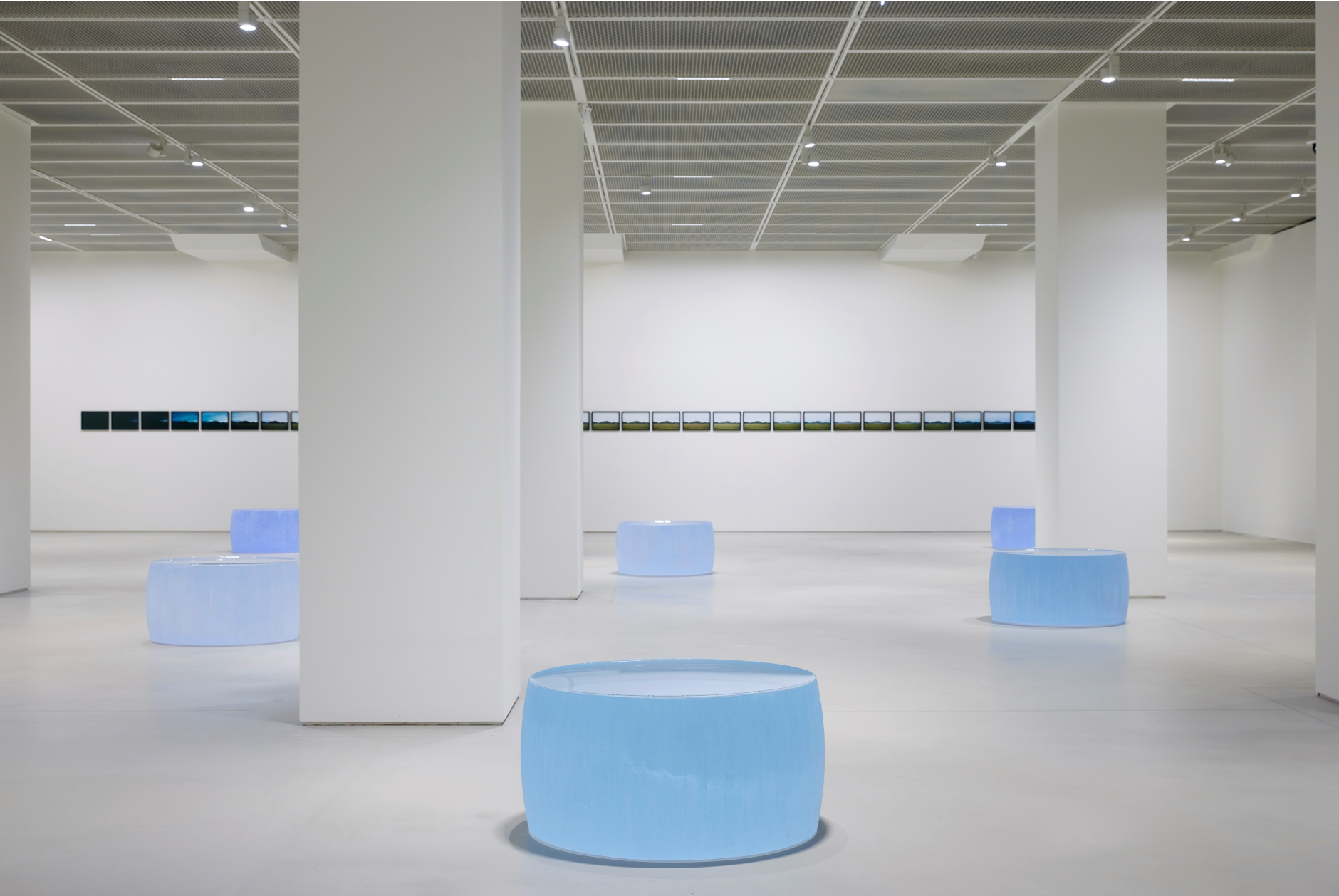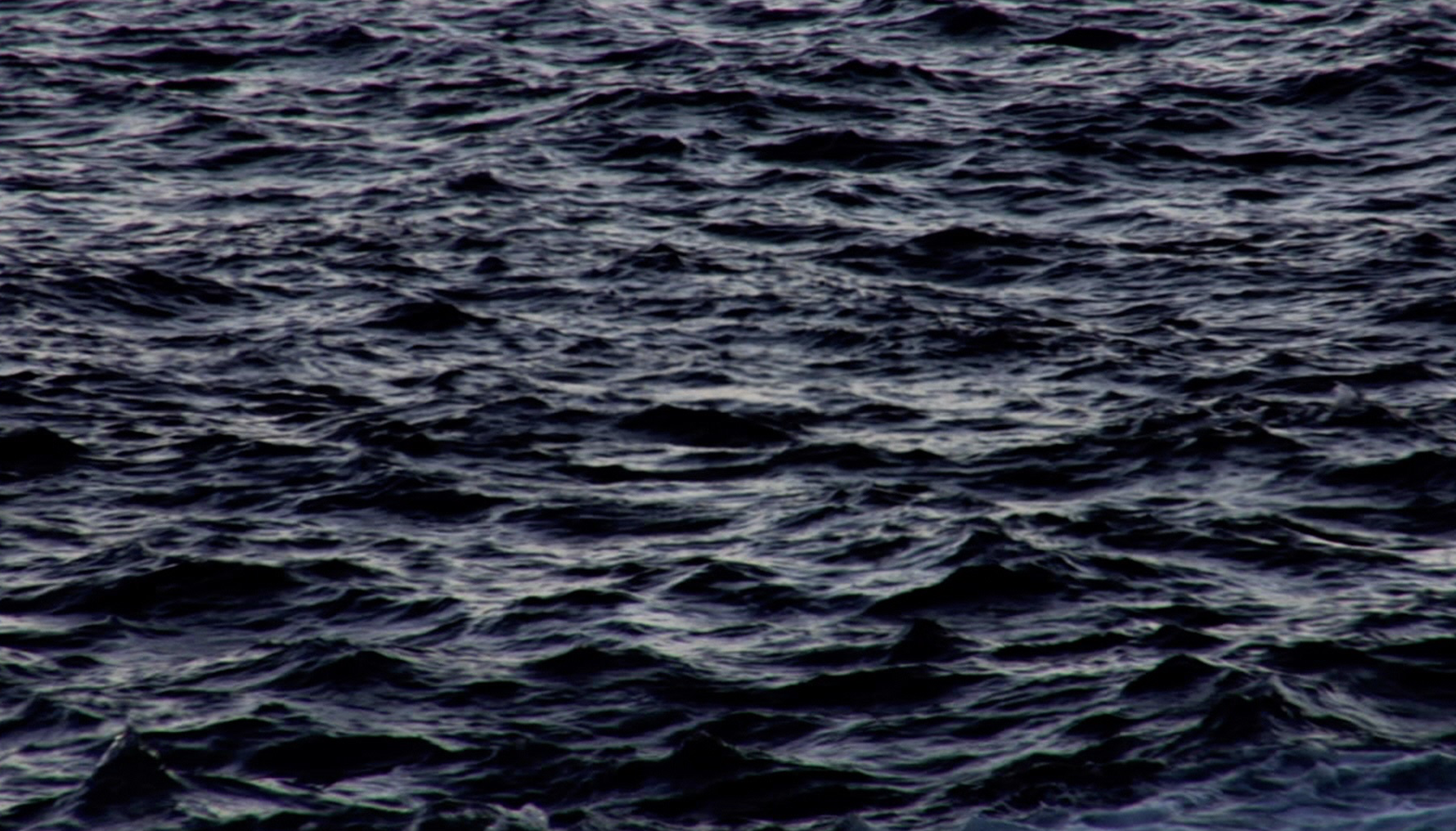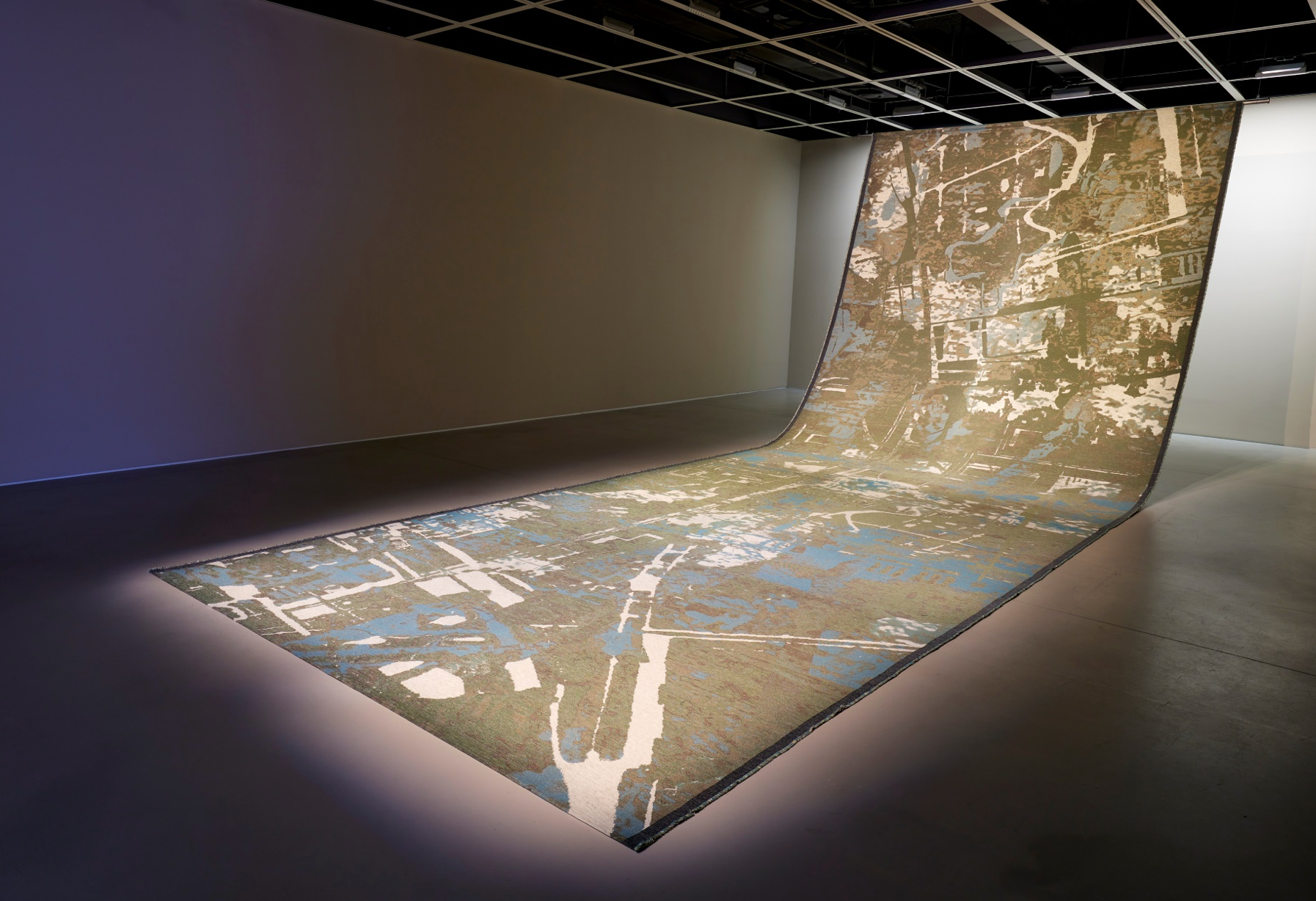
| Period| | 2023.10.10 - 2024.01.21 |
|---|---|
| Operating hours| | 10:00 - 18:00 |
| Space| | Ho-am Art Museum/Gyeonggi |
| Address| | 38, Everland-ro 562beon-gil, Pogok-eup, Cheoin-gu, Yongin-si, Gyeonggi-do, Korea |
| Closed| | Monday, January 1st, New Year's Day (Lunar calendar) and Chuseok |
| Price| | KRW 10,000 |
| Phone| | 031-320-1801 |
| Web site| | 홈페이지 바로가기 |
| Artist| |
|
정보수정요청



|
|
Exhibition Information




This exhibition of work from the Leeum Museum of Art collection treats the Hoam Museum of Art as a refuge in the climate change era, in its location amid an abundant natural environment. The artwork chosen for it ponders both the beauty of nature and the changes that the environment undergoes with the passage of time. Adopting nature as their focus or expressing novel perspectives on the environment, these creations shed new light on the value of nature as something that surrounds us yet remains difficult to properly appreciate. Olafur Eliasson’s photographs of Iceland’s natural environment and Roni Horn’s glass sculptures reflect the transformations of nature with time amid a tranquil landscape reminiscent of the world at the time of its very origins. Kimsooja’s video work encompasses everything from glaciers to active volcanoes as it captures a world made up of earth, water, fire, and air, showing the profound interconnections among these basic elements while encouraging us to contemplate the ultimate bond between nature and human beings. Rirkrit Tiravanija’s audience participation-based memorial to extinct animals uses those creatures to show the fragility of our ecosystem and call for greater awareness and change from human beings. Moon Kyungwon’s park project reminds us that new inspiration can only come from efforts that transcend national borders and disciplinary boundaries. It closes the exhibition with a message about the hope that can be found through linking past with present and connecting regions with the larger world. The work in this exhibition is an opportunity to view the transformations of nature with time and see the ways in which human beings are working to find a place in the new environment. The current environment is something that we ourselves have created, and we can also discover solutions to our crises through sincere efforts to observe nature and find meaning. Hopefully, these contemporary artists’ reflections on nature can help bring about the sort of deeper understanding and new insights that allow us to overcome our current situation. (Source = Hoam Museum of Art)
